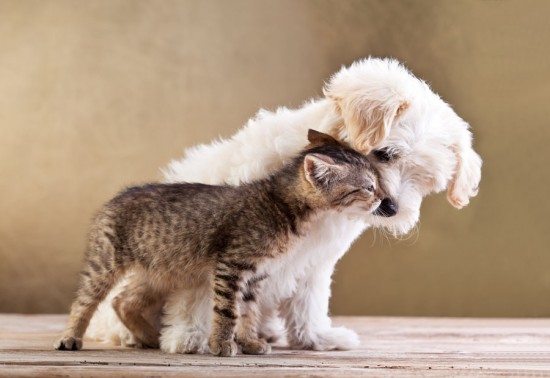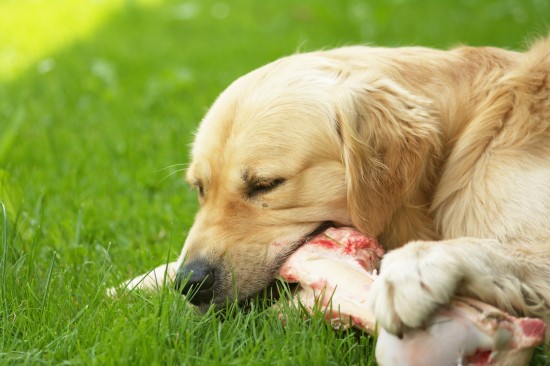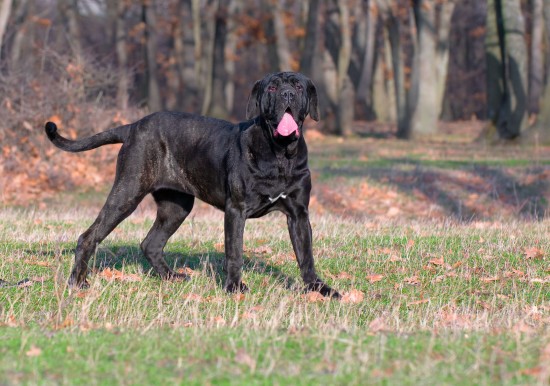Eliminating monogamy was a major change made in order to domesticate dogs, and thus increasing the speed of selectively breeding dogs. The new traits that were bred into the domestic dog can be maintained only under domesticity; they would cause insurmountable social problems in the wild. Its no wonder there are so many different breeds of dogs today, as different ancient civilizations each had a different way of living life and surviving off the land.
Companionship, an allegiance between two species, was actually a by-product of the human-dog domestication mystery. Initially the relationship between dog and man was symbiotic: dogs would aid us in the hunt in exchange for access to safe shelter, a reliable food supply, and protection from predators. But then with the advent of herding for a living, humankind again called upon the assistance of the dog. Some nomadic tribes found it easier to build a stock of animals year-round rather than to depend on the fortunes of the hunt. This pastoral way of life created a more stable supply of food and clothing, encouraged the establishment of semi-permanent villages.
Early Semitic tribes in Mesopotamia used breeds similar to the present-day Kuvasz, a large, powerful white herd-guarding dog that often prefers the company of sheep to that of people. Dogs were now needed not to kill prey but to keep herds of sheep, goats, reindeer, or cattle together; to move the herds from place to place; and to protect them from predators and poachers. These herding dogs had specific traits that allowed them to do their job well.
As more jobs were needed to be filled by dogs, so the diversity of dog breeds. One of the earliest breeds to be developed for a specific task was the sight hound. Over 5000 years ago, Egyptian and Assyrian kings and queens prized the Greyhound- and Wolfhound type dogs, as hunting dogs in the desert depended less on their noses, given the sandy soil's inability to hold scent for very long. They were perfectly suited to their task. In addition, the dogs' good eyesight could often see its prey from a long distance, given the rolling plains and open country topography. The arid, wide-open expanses also required these dogs to be fast, lightly built, and short-coated so they wouldn't be affected by the heat.
Heavier, mastiff-type breeds were first developed 1000 to 2000 years later in Asia Minor (present-day Turkey) and gradually exported to Egypt, Assyria, Greece, and Italy. These powerful dogs were first used to take down large game; they would grab the prey and hold on until the hunter arrived to make the kill. Rhodesian Ridgebacks were used to flush lions for Egyptian archers who were lying in wait. The Saluki, one of today's beautiful silky-haired sight hounds, was used thousands of years ago by Egyptian and Assyrian hunters to run down and capture rabbits and small gazelles.

 Pet Insurance - Ten Do’s And Don’ts To Consider When Protecting Your Pet
Pet Insurance - T
Pet Insurance - Ten Do’s And Don’ts To Consider When Protecting Your Pet
Pet Insurance - T
 Tips For Safe Raw Feeding Of Dogs
Tips For Safe Raw
Tips For Safe Raw Feeding Of Dogs
Tips For Safe Raw
 Caring For Your Cat After Theyve Been Neutered
Caring For Your C
Caring For Your Cat After Theyve Been Neutered
Caring For Your C
 Worming Cats - When, How And Why
Worming Cats - Wh
Worming Cats - When, How And Why
Worming Cats - Wh
 Neapolitan Mastiff Dog Pros And Cons
Neapolitan Mastif
Neapolitan Mastiff Dog Pros And Cons
Neapolitan Mastif